Have you ever wondered if cats have periods? It’s a question that might have crossed your mind, especially if you’re a curious cat owner or a feline enthusiast.
While it’s common knowledge that humans experience menstruation as part of their reproductive cycle, the situation is not quite the same for our furry companions.
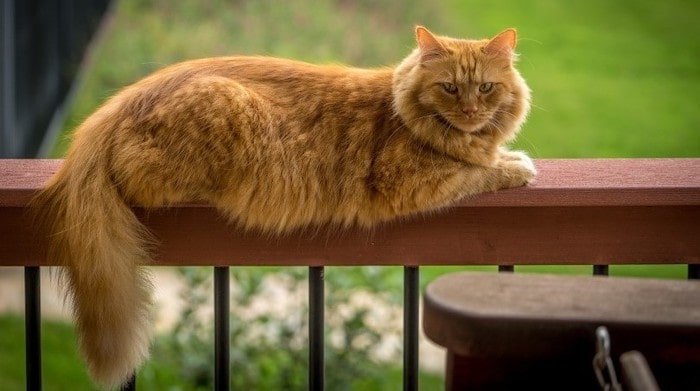
In this article, we delve into the fascinating world of feline reproductive health to answer the burning question: Do cats have periods? Join us as we uncover the truth behind feline reproductive cycles, shedding light on the unique aspects of their biology and exploring how they differ from human menstruation.
So, let’s embark on this journey together and unveil the secrets of feline reproductive cycles!”
Do Female Cats Have Periods?
If you own a female cat, you might be curious as to whether she has monthly cycles. The monthly bleeding that certain female animals experience as a natural part of their reproductive cycle is known as a period. Menses or menstruation are other names for them.
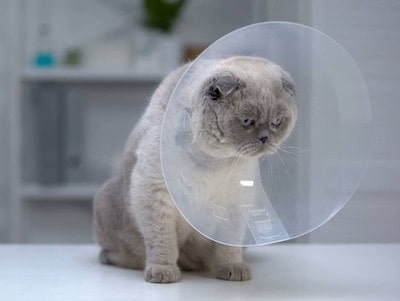
Animals who have periods are ready to mate and have offspring. Additionally, they show that the animal was not able to conceive during the previous cycle. Physical and behavioural changes including cramping, mood swings, and an increase in hunger are frequently present during periods.
But do cats have periods? The short answer is no, but they do have something similar called estrus cycles.
What are estrus cycles and how do they differ from periods
Estrus cycles are the reproductive cycles that occur in most female mammals, including cats. They are also known as heat cycles or fertility cycles. Estrus cycles are the periods when the animal is fertile and can become pregnant.
Unlike periods, estrus cycles do not involve bleeding. Instead, they involve changes in the animal’s genitalia, hormones, and behavior. The animal’s vulva becomes swollen and moist, and she may secrete a clear or bloody discharge. She also produces more estrogen, which triggers her sexual desire and attraction to males.
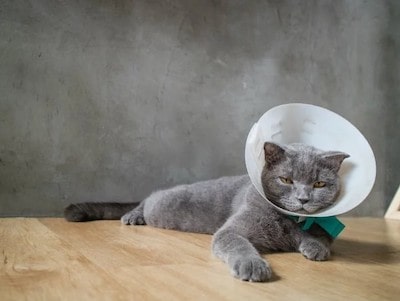
The animal’s behavior also changes during estrus cycles. She becomes more vocal, restless, and affectionate. She may rub her body against objects or people, roll on the floor, or raise her hindquarters in the air. She may also spray urine to mark her territory and attract males.
Estrus cycles vary in length and frequency depending on the species, breed, age, and environment of the animal. In cats, estrus cycles usually last for about a week and occur every two to three weeks during the breeding season. The breeding season for cats is typically from spring to fall, but it can be influenced by factors such as daylight hours, temperature, and indoor living.
Signs of a Cat Having a Period
Unlike humans, who shed their uterine lining during their menstrual cycle, cats reabsorb it, so bleeding is very rare and usually a sign of a health problem. If you notice significant amounts of blood from your cat’s vulva, you should contact your veterinarian immediately.
Most cat owners recognize their cat’s period by the changes in her behavior. Here are some of the common signs you may see in a cat who is in heat:
- Yowling and howling: A female cat in heat will make loud and persistent noises to attract male cats and let them know she is ready to mate. She may also respond to any sounds she hears outside or inside the house.
- Rubbing and rolling: A female cat in heat will rub against furniture, walls, people, and other cats to spread her scent and show her affection. She may also roll on the floor and expose her belly and rear end.
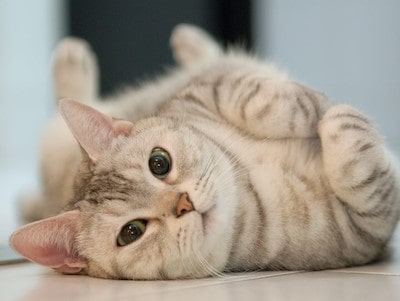
- Spraying urine: A female cat in heat will mark her territory with urine to signal her availability and attract males. She may also spray on your furniture, clothes, or even you.
- Sneaking outside: A female cat in heat will try to escape the house and find a mate. She may become restless, agitated, and try to slip through any open doors or windows. She may also scratch at the door or window to get out.
- Swollen vulva and nipples: A female cat in heat will have an enlarged and pink vulva that may secrete a clear or bloody discharge. Her nipples may also become more prominent and sensitive.
Duration and Frequency of Cat Periods
A female cat’s period lasts about seven to ten days, depending on the individual cat and the season. Cats are polyestrous breeders, meaning they can have multiple cycles per year, usually from early spring to late fall.
Cats need at least twelve hours of daylight for a normal cycle, so indoor cats who are exposed to artificial light may have constant hormonal activity throughout the year.
A female cat can start having periods as early as four months old, but some may not have their first cycle until they are one year old or older.
If a female cat does not mate during her period, she will go into heat again after two or three weeks. This cycle will continue until she becomes pregnant or is spayed.
How to Help a Cat in Heat
The best way to help your cat in heat is to spay her. Spaying is a surgical procedure that removes the ovaries and uterus of a female cat, preventing her from having periods and getting pregnant.
Spaying has many benefits for your cat’s health and well-being, such as:
- Reducing the risk of ovarian, uterine, and mammary cancer
- Preventing uterine infections and complications
- Eliminating unwanted behaviors such as yowling, spraying, and escaping
- Reducing the number of unwanted kittens and overpopulation
- Saving money on vet bills and care
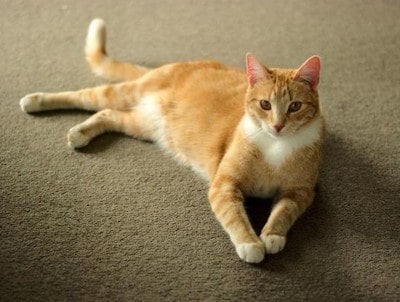
Spaying is usually done before a female cat reaches sexual maturity, but it can be done at any age. Consult your veterinarian for more information on spaying your cat.
If you decide not to spay your cat or if you are waiting for her spay appointment, here are some tips to soothe your cat in heat:
- Provide extra toys that she can play vigorously with, such as balls, feathers, or mice. This will help her release some energy and distract her from her urges.
- Give her some catnip as a way to calm her down and make her happy. Catnip is a natural herb that stimulates some cats and relaxes others.
- Give her more attention and comfort than usual. Pet her gently, talk to her softly, and cuddle with her if she wants to. This will help her feel loved and secure.
- Keep her indoors and away from male cats to avoid mating. Make sure all doors and windows are closed and locked, and use screens or curtains to block any sights or sounds from outside. You may also want to isolate her from other cats in the house if they are bothering her or triggering her.
FAQ
How often does a cat go into heat?
Cats can go into heat as often as every two to three weeks during the breeding season, which typically occurs in spring and summer. However, it can vary depending on factors such as the cat’s breed, age, and environmental conditions.
Do cats bleed during their heat cycle?
Unlike human menstruation, cats do not typically experience bleeding during their heat cycle. However, some cats may exhibit a slight discharge that is usually not noticeable or significant.
Can cats get pregnant during their heat cycle?
Yes, cats can become pregnant if they mate during their heat cycle. It’s important to keep intact male and female cats separated during this time if you do not want them to breed.
Should I spay my female cat to prevent heat cycles?
Spaying (ovariohysterectomy) is a common procedure to prevent unwanted pregnancies and certain health issues in female cats. Spaying eliminates heat cycles and helps control the pet population. It is generally recommended unless you have specific breeding plans for your cat.
Conclusion
“While cats may not have periods like humans, they have their own unique reproductive cycle called estrus. Understanding the intricacies of feline reproductive health is crucial for cat owners to ensure the well-being of their furry companions.
We have explored the differences between human menstruation and the feline estrus cycle, clarifying common misconceptions and shedding light on the signs and behaviors associated with a cat in heat.
Remember, if you do not plan on breeding your cat, spaying is a recommended option to prevent unwanted pregnancies and potential health issues.
By being knowledgeable about feline reproductive cycles, we can provide better care and create a harmonious environment for our beloved feline friends.
So, embrace the wonders of feline biology and continue to nurture the special bond you share with your feline companion!”
